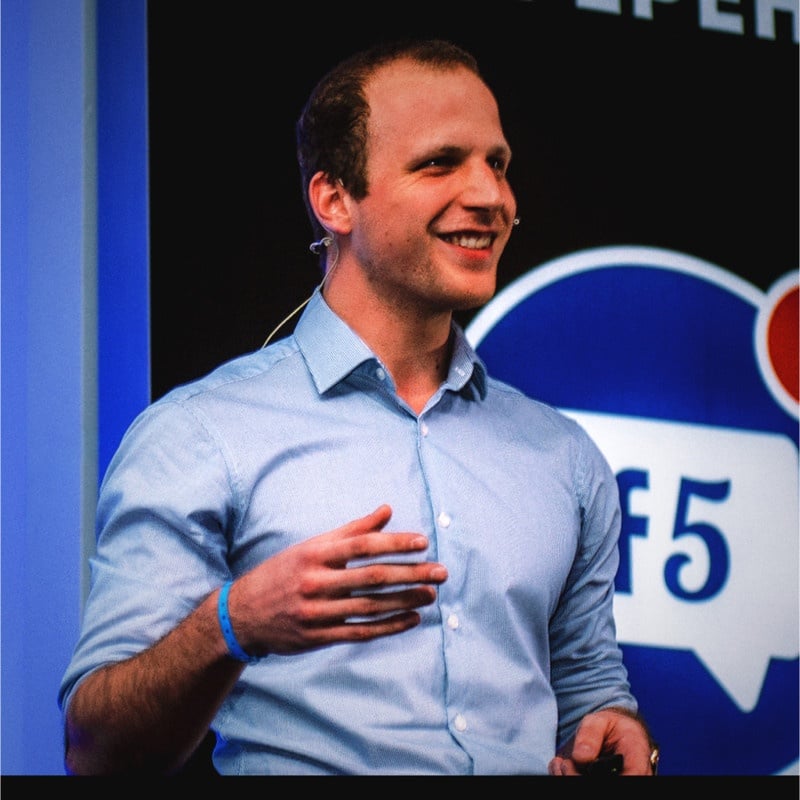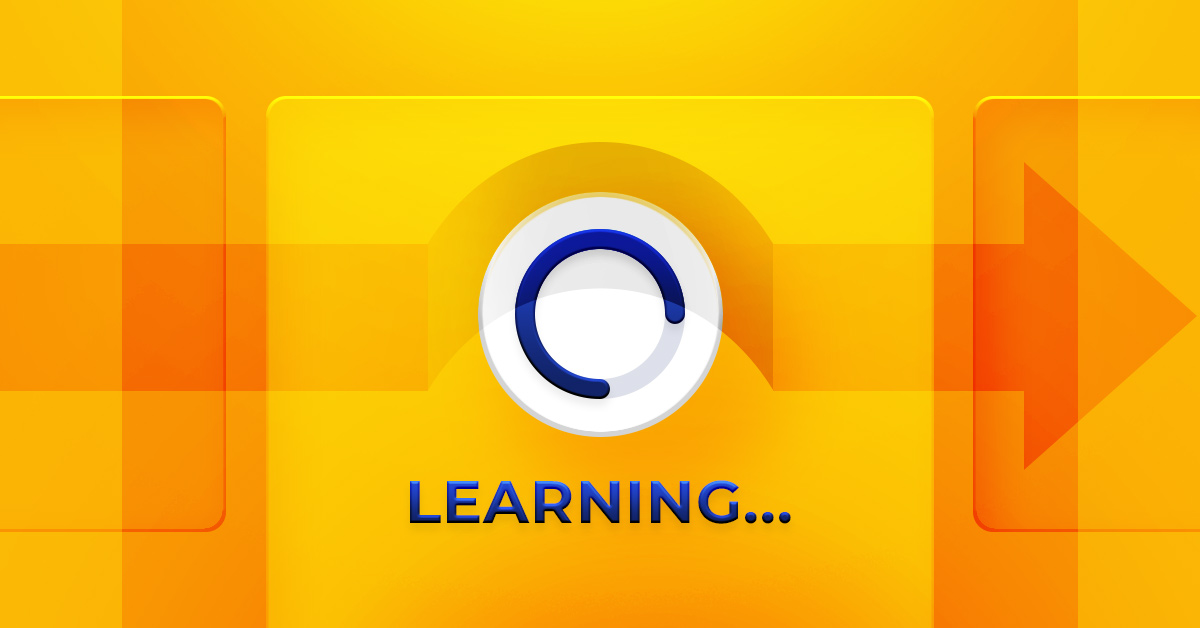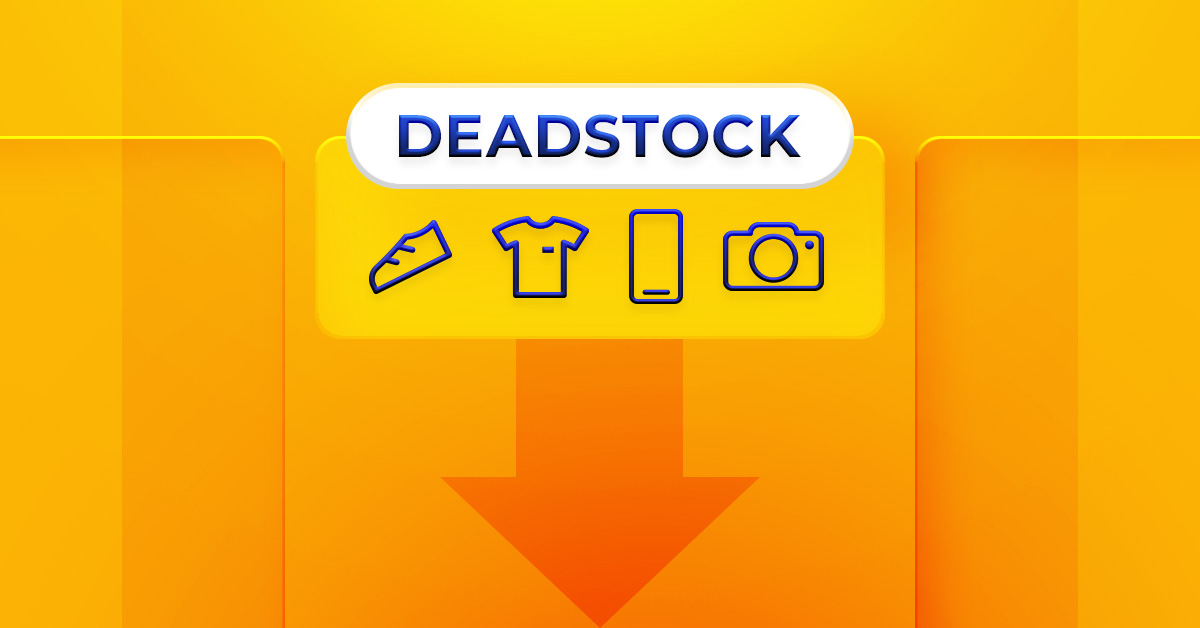What's the Problem?
Regardless of the size of the inventory, only a certain selection of products are actively promoted by dynamic campaigns.
Large businesses with enormous inventories are well aware of this issue. We analyzed this problem, and found that Facebook’s algorithm focuses about 50% of all impressions on just 1% of the products in the catalogue.
Beyond that, a large fashion client of ours in the UK found that 59% of their Facebook budget was being spent on 1% of products and that those products were producing just 11% of total revenue!
This is not because Facebook’s algorithm doesn’t want your promotions to be successful, but because they are focused on tracking the metrics that will be best for the early training of their recommendation algorithm. This optimization strategy may differ from your optimization strategy, and therefore Facebook might miss an opportunity if you don't give them the product business information to aim the algorithm in the right direction.
This situation is an example of the principal agent problem: the agent (Facebook) makes decisions for the principal (the business). This can result in conflict if one decision is more beneficial for the principal, and the other choice favors the agent.
Industry Best Practice
When a company discovers that only a small portion of their catalogue is being promoted, there is a way they can manually find and add additional products. They can keep this initial portion of the catalogue as the baseline, and then create new product segments to add on top..
Remember, that portion of the catalogue is based only on the data Facebook is using. Additional segments should be based on other data sources, such as Google Analytics, your CRM, site data, etc.
Marketing insights, like the number of product visits, can help companies to identify products that may have been overlooked (e.g. best sellers or trending products). Based on data from your Google Shopping campaigns, you can also find the most competitive products based on the search popularity within Google’s search network.
What's the Fix
At ROI Hunter, we help retailers integrate the other business-related data that Facebook doesn’t consider (e.g. margin, return rate, high performing products with little to no promotion, etc.). By integrating this data with data from all your other channels, you can enhance Facebook's algorithm with these performance-focused insights, and optimize for your company’s goals, such as profitability.
In order to incentivize Facebook to promote the products you know will be successful based on data Facebook isn’t using, you also need to put your money where your mouth is: create a new product group for the products you believe have been overlooked, and create a new bid and budget for promotion. The addition of a new budget/bid helps cover the risk to Facebook, and they will promote products from the new product set.
The ROI Hunter strategy is similar to the industry best practice: create separate product groups for the products that have been overlooked.
However, using the integrated data source within ROI Hunter, clients can apply filters to search all of their product data, and quickly find the best items for their product groups.
Filter Examples:
GA Conversion Rate TOP 10%: Filter to find your top converting products according to Google
GA Revenue TOP 5%: Filter to find the products bringing in the most revenue according to Google
Now combine those with something like:
FB Impressions near zero (relative to your company): Filter to find the products not getting attention on Facebook
And you can easily find the items Facebook overlooked.


